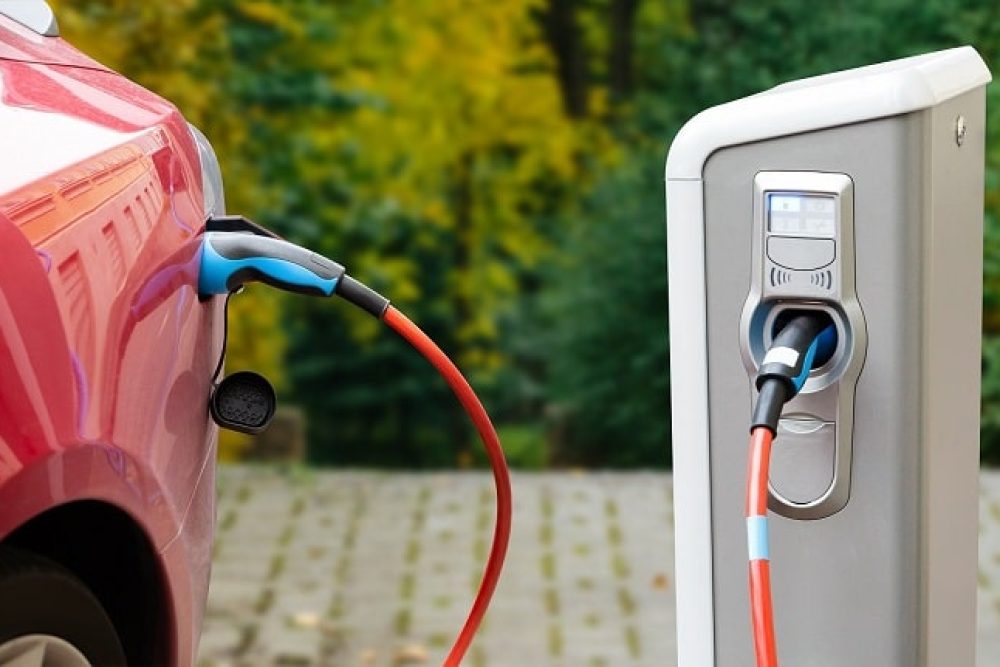Within a decade, new ICE vehicles will no longer be sold in the UK. Deciding which of your vehicles to switch to electric, and when, can be a daunting project when charging and automotive options and the resale value of ICE vehicles change frequently, together with government incentives. Tailoring an EV transition plan to suit your unique fleet operations, regularly reassessing that plan, and updating your Total Cost of Ownership (TCO) illustration is key to success.

Russell Olive, Head of EV at Quartix, gives valuable advice for creating a comprehensive EV plan.
Profiling your fleet activity
Every business’ fleet electrification plan should uniquely reflect the fabric of that business and the types of journeys that fleet typically makes. This can differ wildly from business to business, and across industries and regions. Examine the following characteristics of your fleet to help you determine the best way to go electric.
- Mileage: What is the longest single trip that each vehicle makes? EV range will be a factor for your business when choosing appropriate EV models. As well as the length of individual trips, examine roughly how many miles each vehicle will need to travel in a day. Choosing vehicles that exceed your daily range requirements will help drivers feel at ease and allow them to work without interruption, but this needs to be weighed up. Identify potential charging opportunities in between trips and whether longer journeys are infrequent, to help you decide whether a lower-range EV would suffice.
- Models: Some businesses will easily be able to match EV models with their daily operations. If you require specialist or custom vehicles, these can be harder to find. In this situation, your plan could include electrifying part of your fleet now and switching your specialised vehicles when more options become available to you. Make a note of what each vehicle needs to do, and importantly what it needs to carry, to form your payload and range criteria before you start looking for options.
- Behaviours: Where each vehicle stays parked for a substantial period of the day should influence your charging location decisions, and is equally as important as where they park overnight. The number of vehicles kept in these areas is also key. Could you address more than one vehicle’s charging needs with a single charger, or by installing a double charger at one location? Telematics systems can examine your vehicle usage patterns and help you spot economical charging opportunities.
- Locations: Public charging infrastructure is expanding at a rapid rate. Relying on the availability of these can pose challenges to those on a strict schedule but considering convenient public chargers in your charging plan will reduce your installation requirements. Remember to incorporate the cost of using those public chargers in your forecast for a complete picture.
- People: Your staff are the heart of your fleet operations and it’s crucial to consider how operating an EV would impact their daily work. Communicate any changes to them, listen to their views and concerns, but also factor into your plan the logistical characteristics of how they use your vehicles. For example, the vehicles may be shared between drivers, they may be taken home at night or currently permitted for personal use. Will an EV roll-out will impact your employee vehicle policy, your staff’s commutes and other working arrangements? Investigate whether it’s possible to install chargers at staff home locations, as this is not always an option.
Building a business case
Once you have examined the characteristics of your fleet profile and considered your unique requirements for an electric-powered operation, it is time to devise a feasible plan, select the best EV models for the job and understand the costs. This research could either be conducted by a consultant, by your leasing provider, or in-house. Quartix offers a comprehensive service called EVolve that drastically minimises the work involved in doing this independently, by intelligently combining your GPS tracking data with third-party sources to create a unique, and current, recommendation for your fleet.
Remember the reasons why you are switching to electric. Illustrating emission reductions alongside your forecasted costs will show the difference this will make, an achievement well worth celebrating with your teams. Tools such as EVolve can illustrate a TCO forecast, incorporating vehicle tax changes, government incentives, vehicle depreciation, driving charges and electricity costs, for a holistic view encompassing all factors. To complete your business case, EVolve includes the fuel and emission reduction statistics that your EV transition will result in, helping you put things into perspective with little effort.
The need for an agile plan
If you decide to do this research yourself, or pay a one-off consultation fee, keep in mind that the landscape is constantly changing, and the best recommendation today can soon cease to apply. This is why we made EVolve recommendations easy to refresh, giving customers the latest information, including the latest government incentives and costs. It allows businesses to confidently make cost-effective EV decisions, at their own pace.
FURTHER INFORMATION
- 01686 806 663
- [email protected]
- quartix.com/en-gb/ev








